 Weird Stuff
Weird Stuff  Weird Stuff
Weird Stuff  Politics
Politics 10 Political Scandals That Sent Crowds Into the Streets
 Weird Stuff
Weird Stuff Ten Bizarre Facts About The Doge Meme
 Our World
Our World 10 Ways Your Christmas Tree Is More Lit Than You Think
 Movies and TV
Movies and TV The 10 Coolest Stars to Set Sail on The Love Boat
 History
History 10 Things You Didn’t Know About the American National Anthem
 Technology
Technology Top 10 Everyday Tech Buzzwords That Hide a Darker Past
 Humans
Humans 10 Everyday Human Behaviors That Are Actually Survival Instincts
 Animals
Animals 10 Animals That Humiliated and Harmed Historical Leaders
 History
History 10 Most Influential Protests in Modern History
 Weird Stuff
Weird Stuff 10 Funny Ways That Researchers Overthink Christmas
 Politics
Politics 10 Political Scandals That Sent Crowds Into the Streets
 Weird Stuff
Weird Stuff Ten Bizarre Facts About The Doge Meme
Who's Behind Listverse?

Jamie Frater
Head Editor
Jamie founded Listverse due to an insatiable desire to share fascinating, obscure, and bizarre facts. He has been a guest speaker on numerous national radio and television stations and is a five time published author.
More About Us Our World
Our World 10 Ways Your Christmas Tree Is More Lit Than You Think
 Movies and TV
Movies and TV The 10 Coolest Stars to Set Sail on The Love Boat
 History
History 10 Things You Didn’t Know About the American National Anthem
 Technology
Technology Top 10 Everyday Tech Buzzwords That Hide a Darker Past
 Humans
Humans 10 Everyday Human Behaviors That Are Actually Survival Instincts
 Animals
Animals 10 Animals That Humiliated and Harmed Historical Leaders
 History
History 10 Most Influential Protests in Modern History
10 Mad Scientists You’ve Probably Never Heard Of
Mary Shelley popularized the “mad scientist” archetype when she wrote Frankenstein. In the story, a doctor becomes obsessed with his work to the point where he is willing to overlook common sense and ethical standards to achieve success.
To a lesser extent, this has happened in real life. Scientists perform experiments or express opinions that tiptoe the line of legal and moral guidelines (and sometimes somersault over it). That’s how they earn the label of “mad scientist.” Nikola Tesla was arguably the most famous example, but he’s hardly the only one.
10 Robert Cornish
Dr. Robert Cornish was a genius. He graduated from Berkeley at 18 and received his doctorate at 22. If he had applied his knowledge to a different subject, there’s a good chance he could have changed the world for the better. Unfortunately, he became obsessed with one idea that would dominate his career—reanimation.
His status at Berkeley meant that he could return as a researcher and undertake his studies relatively uninterrupted throughout the 1930s. Cornish believed that a body that had not sustained too much organ damage could be reanimated using a seesaw-like machine that would move the body and restart blood circulation when helped by a healthy dose of anticoagulants.
The weird part was that Cornish succeeded in reanimating two dogs. His efforts were even turned into a 1935 movie where Cornish had a cameo.
Then came his real challenge—reanimating a human. His biggest obstacle was finding a test subject. For years, he petitioned prisons to let him use recently executed criminals. In 1948, Cornish finally found his man. A child killer named Thomas McMonigle was willing to use the “Cornish teeter” after being executed, and San Quentin was apparently willing to let him.
However, there was one problem that Cornish couldn’t overcome: He needed the body right after execution, but procedure dictated that it must remain in San Quentin’s custody for several hours before being released. Cornish never succeeded in performing his experiment on a human test subject.
9 Alexander Bogdanov
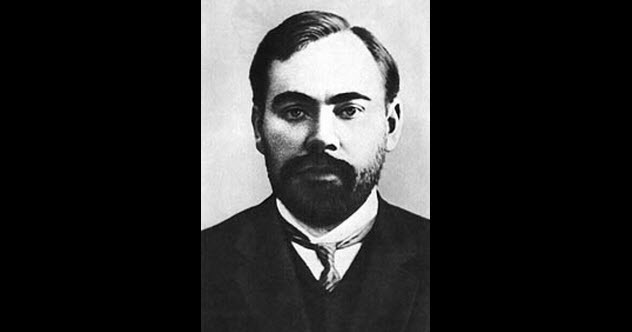
Alexander Bogdanov was another scientist who dedicated a lot of his career to pursuing a single, extreme goal—eternal youth. Unlike Cornish, though, Bogdanov did achieve success in other interests. He was a revolutionary, a leading member of the Bolsheviks, and a prominent science fiction writer. In fact, it was his success as a politician that eventually made him a rival of Lenin. Finding himself on the losing side, Bogdanov downplayed his political activities and turned his focus toward medical studies.
Specifically, he focused on blood research. His influence and status led to the founding of the Institute of Blood Transfusion in 1926. Eventually, he became convinced that blood transfusion could be used to rejuvenate the human body. According to him, this would lead to a life extension and perhaps even immortality.
Using himself as a test subject, Bogdanov subjected his body to numerous blood transfusions. He also wrote of the effect this was having on his body, claiming that the transfusions had stopped his baldness and improved his eyesight.
Bogdanov thought blood transfusions would extend his lifespan, but ironically, they did just the opposite. In 1928, Bogdanov died due to a hemolytic transfusion reaction after he unwittingly transfused himself with blood from a malaria sufferer.
8 Giles Brindley

Giles Brindley was definitely a wacky scientist, if not necessarily a “mad” one. Known for his work in the field of erectile dysfunction, he was one of the first doctors to determine that pharmaceutical medications could be used to induce erections. However, he’s mostly remembered for an infamous lecture he gave at the Urodynamics Society Meeting in Las Vegas in 1983.
At that event, Dr. Brindley talked of his successful efforts in treating erectile dysfunction with papaverine injections. This was a landmark moment denoting the first time that an effective treatment for erectile dysfunction was described, but people will never forget the way in which Dr. Brindley chose to “unveil” his findings. The 57-year-old doctor decided to show firsthand that the erectile dysfunction treatment worked.
During the lecture, he showed slides of his own erect penis but acknowledged that the slides didn’t rule out the possibility of erotic stimulation. So he casually dropped his pants and underwear to reveal his stiff penis to a stunned crowd.
He had injected himself with papaverine before the lecture to show that the treatment could induce erections without erotic stimulation (unless he found medical lectures particularly arousing). Brindley didn’t stop there, though. He waddled down from the podium and wiggled his erection to the people in the front row, just to drive the point home.
7 Paracelsus
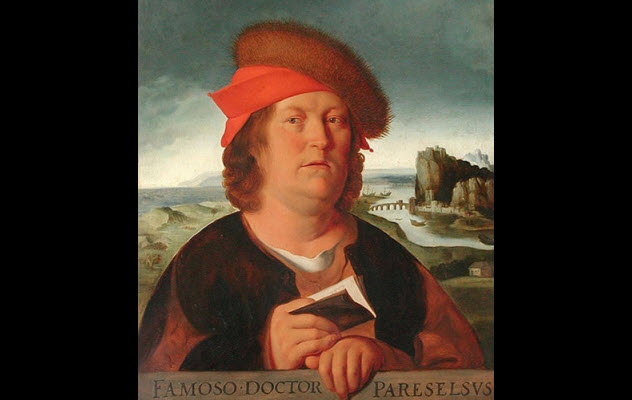
Paracelsus was a 16th-century, Swiss-German scientist who made several advancements in the fields of medicine, biology, and chemistry. He is usually regarded as the founder of toxicology for correctly concluding that small doses of toxic substances could be used beneficially. His understanding that “solely the dose determines that a thing is not a poison” as well as his use of inorganic substances as therapeutic agents often pitted Paracelsus against the accepted thinking of the day.
Although he was a man ahead of his time, he also liked to dabble with alchemy and the occult occasionally. In 1537, four years before his death, Paracelsus wrote De Rerum Naturae, a treatise addressed to his brother, where he presented some of the alchemical secrets he had gained over the years. Most interesting was his recipe for making a homunculus, a small human created through alchemy.
First, you take sperm and let it putrefy in venter equinus (horse manure) for approximately 40 days. By this point, the sperm should come to life and begin resembling a tiny, transparent human without a body. Then you feed it human blood every day (while keeping it in horse manure, of course). Do this for 40 weeks, and boom, your homunculus is done.
6 Wendell Johnson
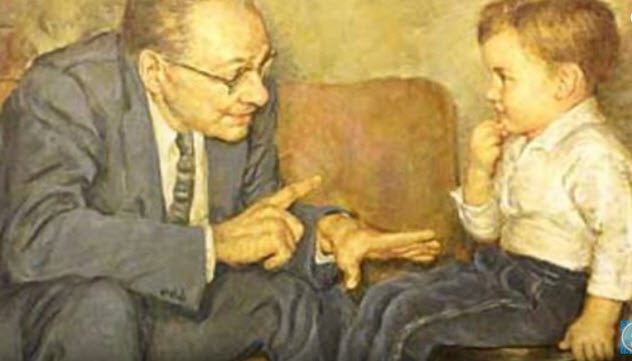
Wendell Johnson was a psychologist at the University of Iowa who became notorious for one experiment in 1939 that would colorfully be remembered as the “monster study.” Johnson, a speech therapy researcher, believed that stuttering was a learned behavior based on his own experiences as a child. Therefore, he was certain that it could also be unlearned with the proper techniques.
But what were those techniques? That was the question that Johnson and graduate student Mary Tudor tried to answer. They took 22 orphans and split them into two groups of 11. Half of the children in each group were stutterers while the other half spoke fluently.
The lucky group was subjected to positive speech therapy. In that group, stutterers were told that their speech was just fine to see if it improved their speech. Non-stutterers were told the same thing to act as a control.
Meanwhile, the unfortunate group had to put up with six months of belittling and negative enforcement to see what effect this would have on their stutter. The worst off were the six fluent speakers in the negative group who were there to determine if these techniques could cause stutter in children. Apparently, they could, and most of these children developed lifelong speech impediments.
When Johnson’s peers heard of the experiment, they quietly made it go away. However, in 2001, the public finally found out about it. At that point, six former test subjects successfully sued the university for psychological trauma and were awarded almost $1 million.
5 Robert Knox
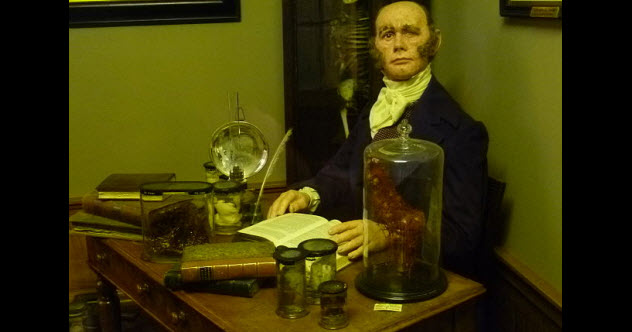
During the early 19th century, Robert Knox was one of the most respected physicians in England. He was a pioneer of comparative anatomy who also taught at the largest anatomical school in Britain. At the peak of his popularity, Knox lectured to 500 students at a time.
Eventually, Knox was faced with a problem as corpses became scarce. In a move that would tarnish his career forever, Knox became associated with two enterprising fellows named Burke and Hare. They supplied him with fresh corpses obtained the old-fashioned way—by killing them. Eventually, Burke and Hare were caught, but their 1828 killing spree—in which they murdered 16 people—remains one of Britain’s most infamous events.
All 16 bodies went to Knox. Officially, the doctor was cleared of any complicity in the murders. Back then, an “ask no questions” attitude toward fresh cadavers was considered an acceptable practice in the medical world. However, his detractors pointed out that a surgeon should have been able to tell the difference between a freshly dug body and one that showed signs of foul play, not to mention the suspicious ease with which Burke and Hare provided so many corpses in a 10-month period.
Regardless of his actual involvement, Knox’s reputation took a big hit as people suspected that he was aware of the murders but chose to ignore them. There was some good to come out of it, though, as the media frenzy created by the murders led to the Anatomy Act of 1832.
4 Andrew Ure
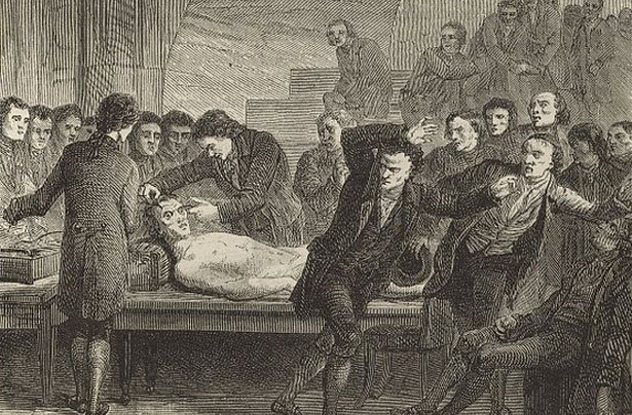
During the late 18th century, the latest craze that fascinated scientists was galvanization. Luigi Galvani showed us that electrical charges could be used to stimulate the muscles of animals, even dead ones. Galvani popularized the concept by making the legs of dead frogs twitch, but the public wanted more.
It was only a matter of time before we moved on to humans. Giovanni Aldini, Galvani’s nephew, became famous for shocking the body of hanged murderer George Foster and making it move. However, it was a Scottish doctor named Andrew Ure who took it to the extreme.
Like Aldini, Ure obtained the body of an executed killer, Matthew Clydesdale. However, Ure believed that galvanization could be used to bring the corpse back to life. Ure inserted rods into different parts of Clydesdale’s body and proceeded to make it convulse violently. By shocking the supraorbital nerve, he was able to make the cadaver’s face contort into all sorts of expressions, at which point many witnesses either ran away in terror or passed out.
Unsurprisingly, Ure did not bring Clydesdale back to life. He attributed his failure primarily to the body being drained of blood prior to galvanization which prevented the heart from achieving a pulse.
3 Carney Landis

Carney Landis was more of a “mad scientist in training” because he was only a psychology student at the University of Minnesota in 1924 when he performed a bizarre experiment on his fellow students. Landis believed that all humans use the same facial expressions to convey emotions, meaning that we all have similar expressions to communicate anger, fear, happiness, etc. To put his idea to the test, he brought in a bunch of volunteers, painted lines on their faces to track muscle movements, and exposed them to various stimuli to illicit emotional responses.
But to get accurate results, Landis wanted strong reactions—which is why he had his subjects do things like smell ammonia, look at porn, and stick their hands in buckets with slimy frogs. The grand finale had the test subjects decapitate a live rat while Landis snapped pictures. Although most were reticent, two-thirds eventually did it. For the ones who refused, Landis did it for them. Disturbingly, a 13-year-old boy wound up in the psychology department, and somehow, Landis recruited him for his experiment.
Although Landis’s theory was wrong, his test was similar to the famous Milgram obedience experiment, which occurred over three decades later. Landis just never realized that he could have taken his experiment in a more interesting direction.
2 Lytle Adams

Warfare certainly brings out the ingenuity in us. We’re always looking for new ways to kill each other, and during World War II, America had a very odd plan in mind. They developed an idea called “Project X-Ray” which involved bat bombs.
The goal was to pack a lot of napalm-carrying, hibernating bats into an empty bombshell and drop it over Japan. By the time the shell opened, the bats would have awakened and would spread chaos over the intended target. However, after the project was passed around from division to division, it was eventually scrapped, and the bat bombs were never deployed.
The plan was the brainchild of Dr. Lytle Adams, a dentist from Pennsylvania. He came up with the idea while spelunking in the Carlsbad Caverns in New Mexico during a holiday. Amazed at the sight of millions of bats flying from the cave at once, he thought that they could cause some serious damage if unleashed upon a city with explosives.
Normally, if the US government received some crazy idea about exploding bats, they’d just ignore it. However, Adams was friends with Eleanor Roosevelt, and that came in handy. He eventually got his plan evaluated by the National Research Defense Committee, which reasoned that bat bombs could work. An official presidential memorandum was sent regarding Adams that concluded: “This man is not a nut.”
1 Johann Conrad Dippel
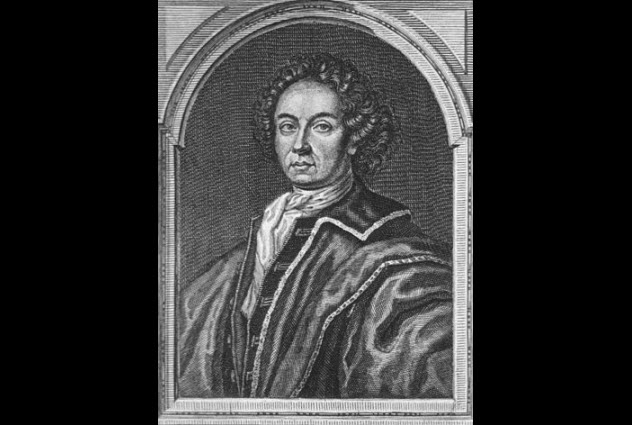
There are several scientists who could have served as inspiration for Mary Shelley’s Frankenstein. The aforementioned Andrew Ure and Giovanni Aldini are popular choices, as is Johann Conrad Dippel. Unlike the other candidates, though, Dippel had the added benefit of actually being born at Castle Frankenstein.
Dippel was a 17th-century theologian and physician. He had a complicated relationship with religion, changing his beliefs often to suit his circumstances. His controversial views had sometimes forced Dippel to defend himself from an angry mob who wanted him dead, which again meshed well with the whole Frankenstein vibe.
In keeping with his “mad scientist” persona, Dippel dabbled with alchemy. But he was active during a time when iatrochemistry became popular in alchemical circles. Iatrochemistry is the real practice of using chemical solutions as treatments for illnesses, and alchemists were eager to find the panacea.
His efforts resulted in the creation of “Dippel’s oil,” a foul-smelling concoction made from the destructive distillation of animal bones. Dippel claimed it could be used for numerous ailments.
Dippel’s work and reputation sparked many rumors. The foul stench that often emanated from his laboratory made people think he was experimenting with cadavers, trying to transfer their souls or bring them back to life. He’s probably as close to a real-life Frankenstein as we’re going to get. The question is whether Mary Shelley had ever heard of him.
Radu is a history/science buff with an interest in all things bizarre and obscure. Share the knowledge on Twitter or check out his website.








